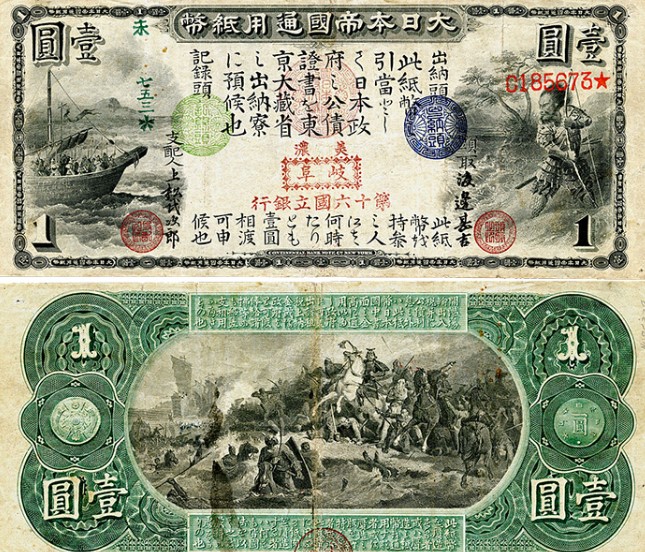Reserve Currency: Meaning, Functions and Types

Photo is illustrative in nature. From open sources.
ReserveCurrency plays an important role in the global economy, providing stability and confidence in financial markets. It is a special type of currency that is used by central banks and governments for various purposes such as maintaining balance of payments, strengthening financial stability and facilitating foreign trade transactions.
Reserve currency value:
A reserve currency is a key instrument for facilitating international financial transactions. It enables countries to trade, invest and maintain financial stability in a globalized world.
Functions of the reserve currency:
1. International Payments: Reserve currency is used to conduct international transactions such as payments for imports and exports of goods and services.
2. Stabilization of the national currency: Owning a reserve currency allows countries to strengthen their national currency and ensure stability in financial markets.
3. Providing liquidity: A reserve currency helps countries cope with possible financial crises and ensure liquidity of the national currency.
Types of reserve currency:
1.US Dollar : The dollar is the world's primary reserve currency, used for most international transactions.
2. Euro: Euro is also widely used asreserve currency , especially in Eurozone countries.
3. Japanese Yen , British Pound, Swiss Franc: These currencies are also commonly used reserve currencies.
The reserve currency plays a key role in the global economy, ensuring stability and efficient functioning of international financial relations. Its meaning and functions continue to be the cornerstones of the modern global financial system.
Read together with it:
- Service of Currency Exchange Rates in the cities of the Republic of Belarus in JSON formatWe have launched a new service - currency exchange rates in branches of the Republic of Belarus . Currency exchange rate service in the cities of the Republic of Belarus: convenience and reliability In the modern world, currency exchange is an integral part of travel, business trips and everyday life. The Republic of Belarus offers a variety of currency exchange services that provide convenience a...

